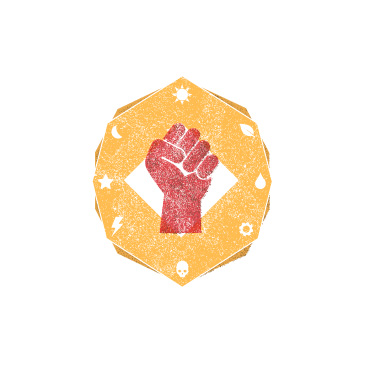Born from a desire to get some more playtesters for the game and to network with other game designers, I started a Meetup group: http://www.meetup.com/NYC-Tabletop-Game-Designers/. The idea is that designers can bring their prototypes, help test other people’s games, and get theirs tested as well. And even if you aren’t working on anything currently, you can still go to meet other designers and maybe get inspired.

Prototypes
We had our first session on Tuesday (2/19/13). There were 4 prototypes to test, including our own, in various states of polish. The 2 games that I played were really fun and I’m looking forward to playing the other. The people that came were great, too. There was a lot of great feedback and ideas flying around.

Jesus running our game.
Jesus ran our game and said that it was well received. The players seemed engaged and caught on quickly. They also gave us some really great feedback.
We’ve always struggled to keep the game going at a good pace and keeping turn length down. There have been some mechanics changes to help with that, such as having players draw their cards at the end of their turn. Our playtesters suggested that we could use the card aesthetics to help speed up the player’s analysis of the cards. As a result of that feedback, we are going to try putting icons on the Influence cards to indicate what “category” the card is in. Example categories could be attack, defense, or economy. This will help players quickly understand the purpose of a card and if they want to use it during their next turn.
The playtesters also suggested that the discard mechanic was counterproductive to keeping turns quick. Players may have spent time figuring out how their turn was going to go, but when they are forced to discard they will likely need to re-plan. On top of being frustrating, this ends up slowing down the game. We could also get into the even worse situation, were as a result of having to discard, a player has no options during their turn. Our playtesters suggested a possible solution to help deal with this problem. Instead of having a player discard a card, they receive a mark. This mark indicates that they will draw less cards at the end of their next turn, rather than discard immediately. The benefit here is that the victim is not forced to re-plan. The mark also sets expectations. Rather than planning a huge turn only to have it shut down before they could do anything, the player has fair warning about how their next turn is going to go.
Overall I thought the meetup was very valuable and fun. I’m really grateful for the amazing feedback we received. I’m definitely looking forward to the next one.




















